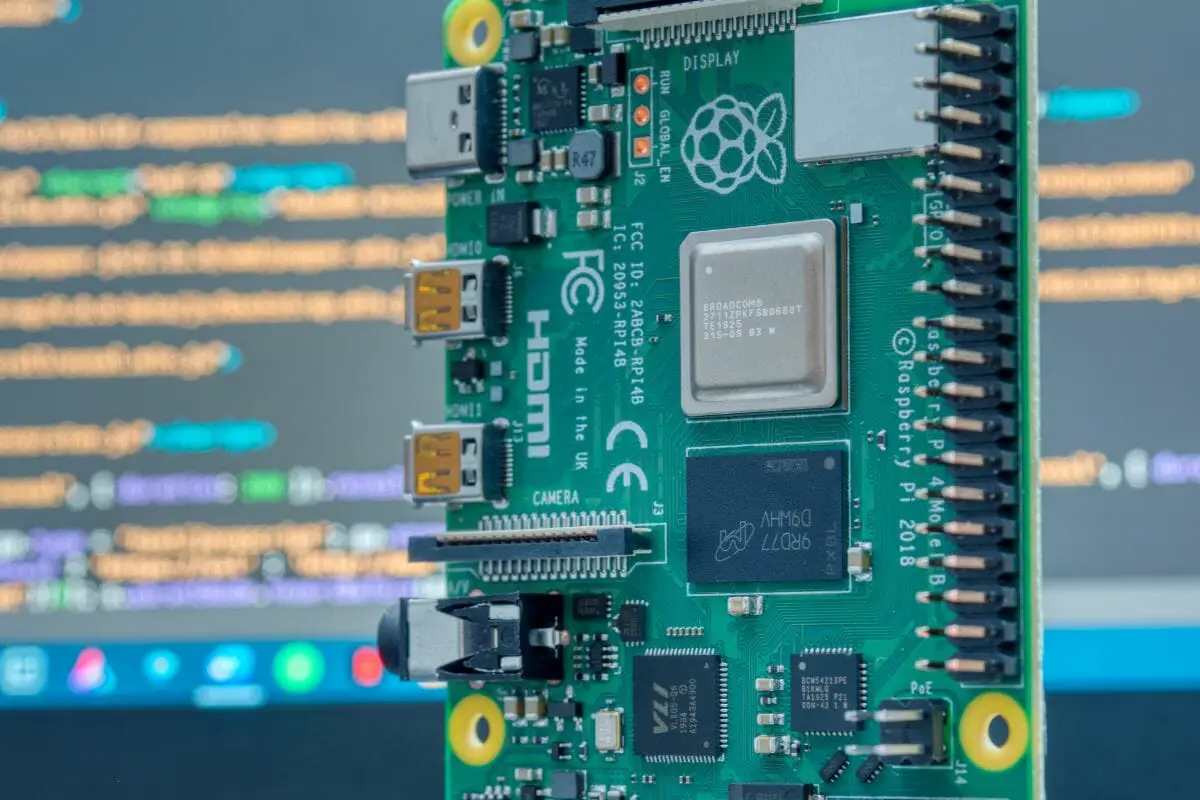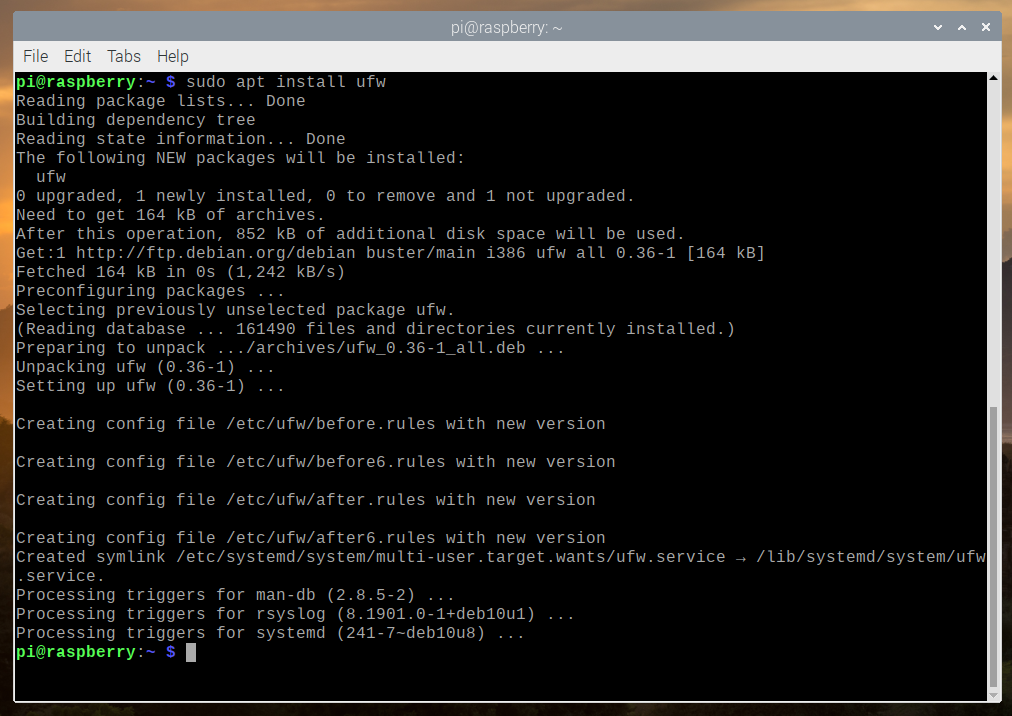Accessing a Raspberry Pi behind a firewall from Windows 10 is an essential skill for tech enthusiasts and professionals alike. Whether you're managing a home automation system, running a server, or conducting remote experiments, knowing how to securely connect to your Raspberry Pi can significantly enhance your productivity. This guide will walk you through the steps, tools, and best practices to achieve seamless remote access while ensuring top-notch security. With the right configuration, you can unlock the full potential of your Raspberry Pi, even when it’s tucked away behind a robust firewall.
For many users, setting up remote access for a Raspberry Pi might seem like a daunting task. However, with the right approach, it becomes a straightforward process. In this article, we will explore the nuances of configuring your Raspberry Pi, adjusting your Windows 10 settings, and managing your network firewall. By the end, you’ll have a clear understanding of how to access Raspberry Pi behind firewall Windows 10 without compromising your system's security. Our focus is on delivering practical advice that empowers you to take control of your devices remotely.
This comprehensive guide is designed for both beginners and advanced users who want to master the art of remote access. We’ll cover everything from setting up SSH on your Raspberry Pi to configuring port forwarding on your router. Additionally, we’ll provide troubleshooting tips and security recommendations to ensure your setup remains stable and protected. Whether you’re a hobbyist or a professional, this article will equip you with the knowledge to confidently access your Raspberry Pi from anywhere.
Read also:Comcast Bundles Tv And Internet The Ultimate Guide To Streamline Your Entertainment
What Is Raspberry Pi and Why Should You Access It Remotely?
Raspberry Pi is a small, affordable computer that has revolutionized the world of computing and digital making. It’s a versatile device capable of running various operating systems, hosting servers, and powering IoT projects. However, accessing your Raspberry Pi remotely offers several advantages. For instance, it allows you to monitor and control your projects from anywhere, streamline your workflow, and manage your network resources more efficiently.
Why Is Accessing Raspberry Pi Behind Firewall Windows 10 Important?
Firewalls are designed to protect your network from unauthorized access, but they can sometimes block legitimate connections. If your Raspberry Pi is behind a firewall, you may encounter challenges when trying to access it remotely from Windows 10. Understanding how to configure your firewall and router settings is crucial for maintaining secure and uninterrupted access to your device. This section will delve into the importance of firewall management and its impact on remote connectivity.
How Can You Ensure Secure Access to Raspberry Pi?
Security is paramount when accessing a Raspberry Pi remotely. Without proper safeguards, your device could become vulnerable to cyberattacks. To mitigate risks, it’s essential to implement robust security measures such as using strong passwords, enabling encryption, and regularly updating your software. In this section, we’ll discuss best practices for securing your Raspberry Pi and ensuring safe remote access from Windows 10.
How to Set Up SSH on Your Raspberry Pi?
SSH (Secure Shell) is a protocol that allows you to securely connect to your Raspberry Pi from another computer. Enabling SSH on your Raspberry Pi is the first step toward accessing it remotely. Follow these simple steps to set up SSH:
- Power on your Raspberry Pi and connect it to your network.
- Open the terminal on your Raspberry Pi.
- Run the command
sudo raspi-config. - Navigate to the "Interfacing Options" menu and select "SSH."
- Choose "Yes" to enable SSH and then reboot your Raspberry Pi.
Can You Access Raspberry Pi Behind Firewall Windows 10 Without SSH?
While SSH is the most common method for accessing a Raspberry Pi remotely, there are alternative approaches. For example, you can use VNC (Virtual Network Computing) or third-party applications like TeamViewer. However, these methods may require additional configuration and may not be as secure as SSH. This section will explore the pros and cons of different remote access solutions and help you decide which one suits your needs best.
What Are the Steps to Configure Port Forwarding for Raspberry Pi?
Port forwarding is a technique that allows external devices to connect to a device inside your local network. To access Raspberry Pi behind firewall Windows 10, you’ll need to configure port forwarding on your router. Here’s how you can do it:
Read also:Understanding The Core Concepts Of Housing And Urban Development Meaning
- Log in to your router’s admin panel using its IP address.
- Locate the "Port Forwarding" or "NAT" settings.
- Create a new rule and specify the Raspberry Pi’s IP address.
- Set the external and internal ports to match the SSH port (default is 22).
- Save the changes and restart your router.
What Tools Do You Need to Access Raspberry Pi from Windows 10?
Accessing Raspberry Pi from Windows 10 requires specific tools and software. Here are some of the most commonly used tools:
- PuTTY: A popular SSH client for Windows that allows you to connect to your Raspberry Pi.
- WinSCP: A file transfer tool that supports SCP and SFTP protocols.
- VNC Viewer: A graphical remote access tool for managing your Raspberry Pi’s desktop environment.
Is It Possible to Automate the Process of Accessing Raspberry Pi Behind Firewall Windows 10?
Automation can significantly simplify the process of accessing your Raspberry Pi remotely. By using scripts and scheduled tasks, you can automate routine operations such as connecting to your device, transferring files, and running commands. This section will provide examples of automation scripts and tools that can streamline your workflow.
How Can You Troubleshoot Connectivity Issues When Accessing Raspberry Pi Behind Firewall Windows 10?
Despite careful configuration, you may encounter connectivity issues when trying to access your Raspberry Pi. Common problems include incorrect IP addresses, misconfigured firewalls, and network restrictions. This section will guide you through troubleshooting steps to resolve these issues and restore your connection.
Best Practices for Secure Remote Access
Security should always be a top priority when accessing Raspberry Pi behind firewall Windows 10. Here are some best practices to ensure a secure connection:
- Use strong, unique passwords for your Raspberry Pi and router.
- Enable two-factor authentication (2FA) whenever possible.
- Regularly update your Raspberry Pi’s operating system and software.
- Limit access to specific IP addresses or networks.
- Monitor your logs for suspicious activity.
Can You Use a Dynamic DNS Service to Access Raspberry Pi Behind Firewall Windows 10?
If your internet service provider assigns a dynamic IP address to your router, you may face challenges when trying to access your Raspberry Pi remotely. A dynamic DNS (DDNS) service can help by providing a consistent domain name for your device. This section will explain how DDNS works and guide you through setting it up for your Raspberry Pi.
What Are the Benefits of Using a Third-Party Remote Access Service?
Third-party services like ngrok, PageKite, or Weaved can simplify the process of accessing Raspberry Pi behind firewall Windows 10. These services create a secure tunnel between your device and the internet, eliminating the need for complex router configurations. This section will evaluate the advantages and limitations of using third-party services for remote access.
Conclusion
Accessing Raspberry Pi behind firewall Windows 10 is a powerful capability that can enhance your productivity and expand your project possibilities. By following the steps outlined in this guide, you can configure your Raspberry Pi, adjust your firewall settings, and establish a secure connection from anywhere. Remember to prioritize security and regularly update your systems to protect against potential threats. With practice and patience, you’ll soon master the art of remote access and unlock the full potential of your Raspberry Pi.
Table of Contents
- What Is Raspberry Pi and Why Should You Access It Remotely?
- Why Is Accessing Raspberry Pi Behind Firewall Windows 10 Important?
- How Can You Ensure Secure Access to Raspberry Pi?
- How to Set Up SSH on Your Raspberry Pi?
- Can You Access Raspberry Pi Behind Firewall Windows 10 Without SSH?
- What Are the Steps to Configure Port Forwarding for Raspberry Pi?
- What Tools Do You Need to Access Raspberry Pi from Windows 10?
- Is It Possible to Automate the Process of Accessing Raspberry Pi Behind Firewall Windows 10?
- How Can You Troubleshoot Connectivity Issues When Accessing Raspberry Pi Behind Firewall Windows 10?
- Best Practices for Secure Remote Access


